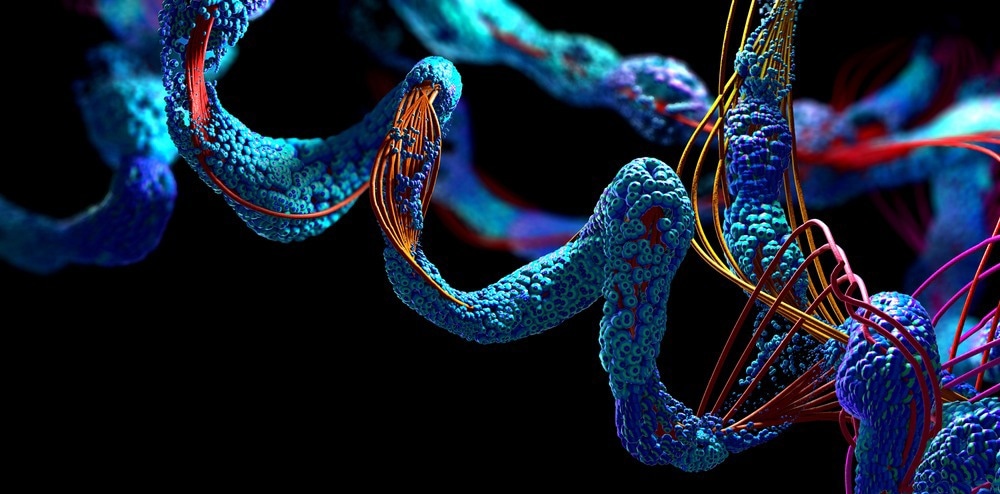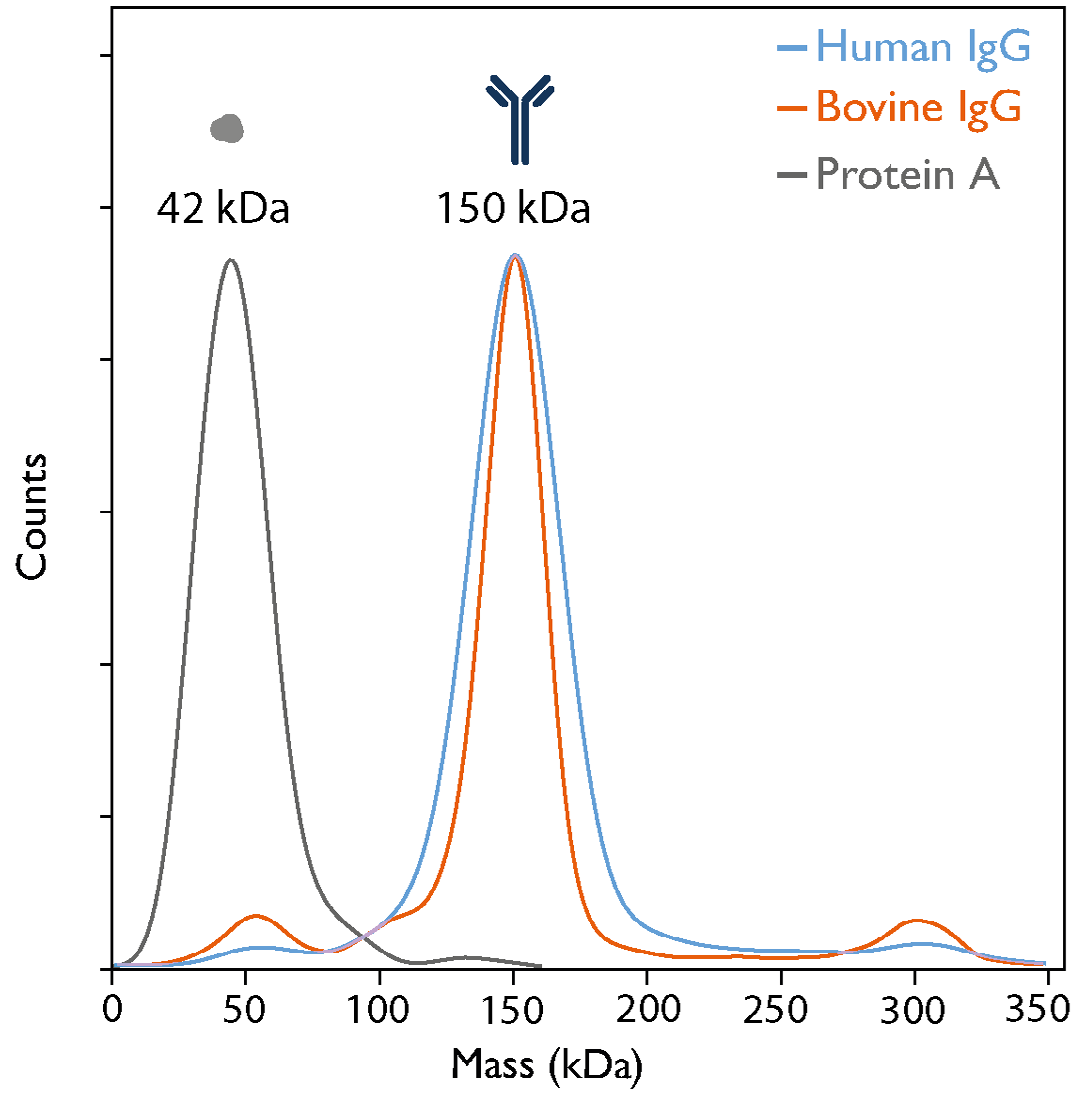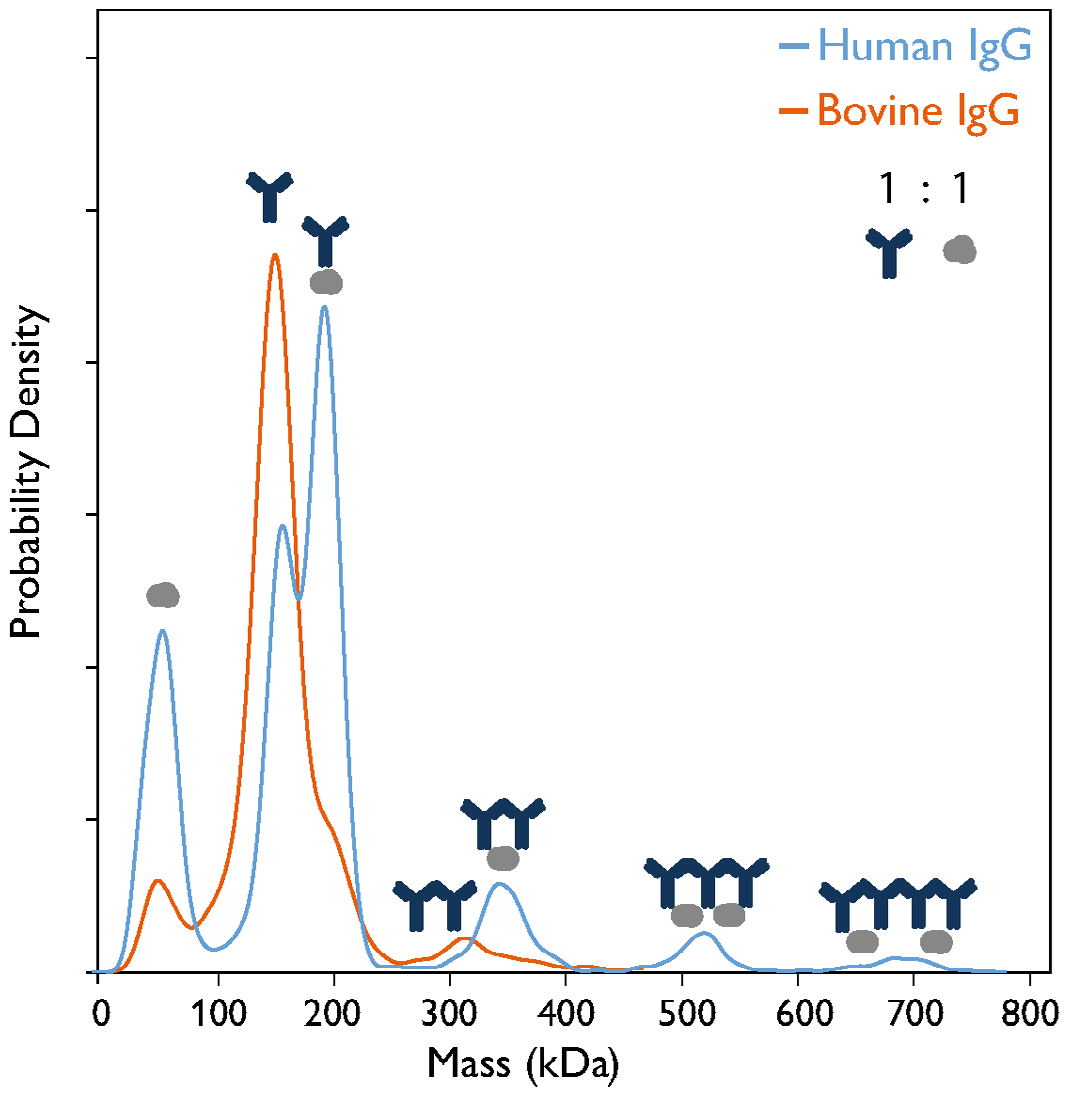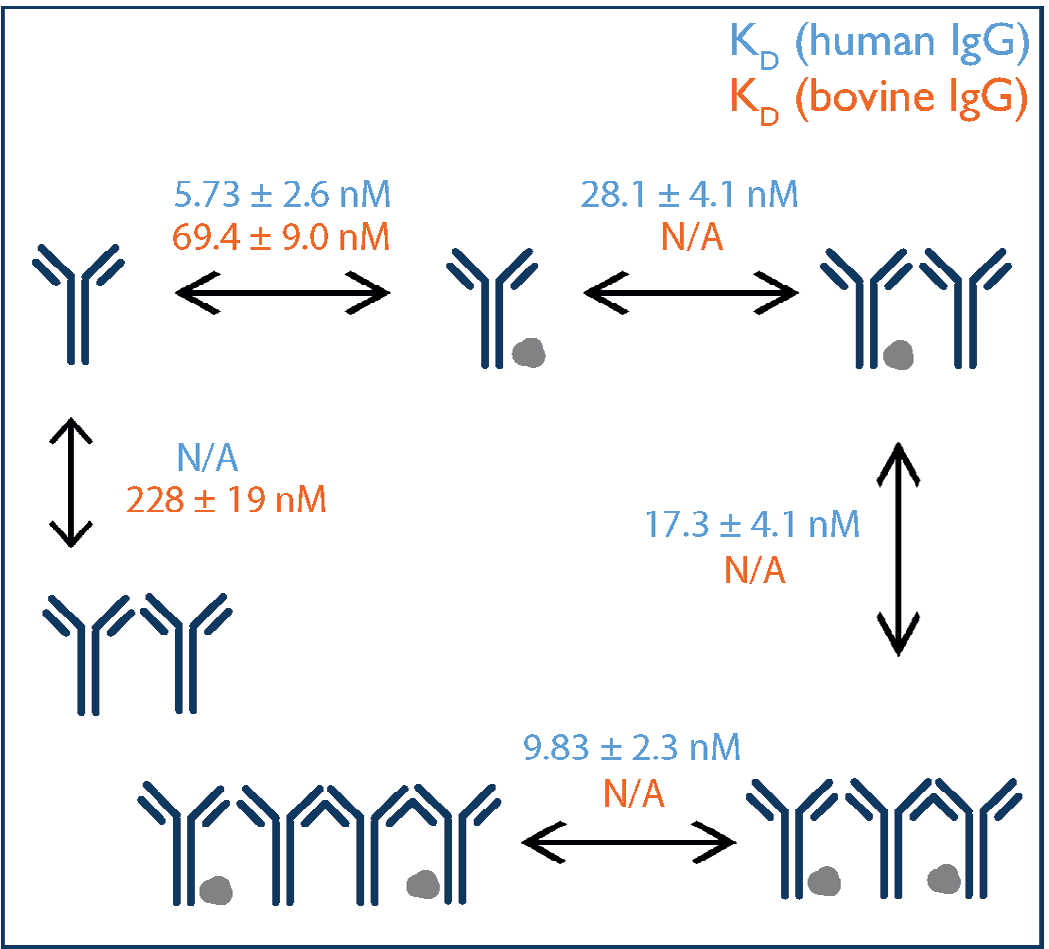Sponsored Content by RefeynReviewed by Olivia FrostJul 18 2024
Mass photometry is a label-free bioanalytical tool that evaluates the dynamics and strength of protein-protein interactions via the direct measurement of mass. It also provides valuable insight into the relative abundance of individual proteins and the complexes they form in solution.

Image Credit: Shutterstock/Christoph Burgstedt
Protein interactions are central to a diverse array of biological processes, but these are typically highly complex and involve the binding of multivalent ligands to several binding sites. It can, therefore, be extremely challenging to identify the various complexes formed and evaluate the strength of their interactions.1
Mass photometry is a rapid, label-free technology ideally suited to measuring the molecular mass of individual biomolecules in solution. It is also an excellent choice for the study of protein-protein interactions.
Mass photometry provides useful information on the mass distribution of biomolecules in a sample, affording users a comprehensive overview of binding partners present, complexes formed, the relative abundance of each species, and the associated strength of their interactions.1,2,3
This article explores the use of mass photometry in the characterization of interactions between Immunoglobulin G (IgG) antibodies of different origin species (human and bovine) and protein A.
The relative abundance of each protein and the complexes they form in solution are quantified. The automated pipetting feature of Refeyn’s TwoMP Auto mass photometer was used to generate highly reproducible data, with the equilibrium dissociation constant (KD) calculated for each interaction using this data.
Mass photometry measures sample homogeneity
It is possible to utilize mass photometry in assessing the purity and quality of control samples, though it is important to ensure that aggregation or protein oligomerization is identified and accounted for when interpreting results.
In the example presented here, mass photometry measurements verified the anticipated mass of the two IgG antibodies from human and bovine origin (~150 kDa for each), and protein A (~42 kDa)4 (Figure 1).

Figure 1. Mass photometry measurements of human and bovine IgG antibodies and protein A. Both the human (blue) and bovine (orange) IgGs had a molecular mass of 150 kDa, while protein A (grey) had a mass of 42 kDa. Image Credit: Refeyn Ltd.
Mass photometry resolves complex equilibria
Mass photometry is also well suited to the investigation of binding and the analysis of complex formation. In this instance, IgGs of differing origins were combined with protein A and mass photometry was used to ascertain differences between the two IgGs in terms of complex formation and their relative abundance (Figure 2).

Figure 2. Mass photometry reveals differences in complex formation between protein A and IgG antibodies of differing origin. IgGs of either human or bovine origin were mixed with protein A in a 1:1 molar ratio at 20 nM concentration. When human IgG was mixed with protein A (blue line), the following species could be resolved: Protein A (42 kDa); IgG (150 kDa); and protein A: IgG complexes of stoichiometry 1:1 (192 kDa), 1:2 (342 kDa), 2:3 (534 kDa) and 2:4 (684 kDa). When bovine IgG was mixed with protein A (orange line), the resolvable species were: Protein A (42 kDa), IgG (150 kDa), 1:1 protein A: IgG complex (192 kDa) and IgG dimers (300 kDa). Image Credit: Refeyn Ltd.
The IgGs were mixed with protein A in a 1:1 molar ratio before being measured at concentrations of 5, 10, and 20 nM. Both IgGs formed 1:1 complexes with protein A at each measured concentration, but differences emerged for higher-order complexes.
It was observed that protein A exhibited a strong interaction with human IgG, as shown by the formation of higher-order protein A:IgG heterocomplexes and a relatively low percentage of free human IgG (33 %).
It was also noted that protein A bound to bovine IgG to a lesser degree. Higher-order protein A:IgG complexes were not observed in the case of bovine IgG, where most bovine IgG remained unbound (82 %).
Results from this study confirmed that mass photometry successfully resolved and quantified the relative abundance of multiple species coexisting in complex equilibrium reactions.
Mass photometry measures interaction strength
Protein A was observed as forming more complexes and higher-order complexes with the human IgG antibody versus the bovine IgG, highlighting a notable difference in affinity between the two interactions.
The KD for each interaction (Figure 3) was calculated to quantify this difference, with mass photometry measurements performed at 20 nM concentration (Figure 2, and two repeats not shown).

Figure 3. Multiple Kd values can be calculated from a single mass photometry measurement. Schematics show the complex formation depicted in Fig. 2. KD values for interactions involving the IgG of human origin (blue) and of bovine origin (orange) are both shown. Since IgGs of bovine vs. human origin did not form all the same complexes, the KD calculation was not applicable for certain interactions (depicted as N/A). The KD values were calculated for each of three repeated mass photometry measurements, and the mean ± standard deviation is given. Image Credit: Refeyn Ltd.
These calculations verified the binding of protein A to the bovine IgG with lower affinity (KD = 69.4 ± 9.0 nM) than the binding of protein to the human IgG (KD = 5.73 ± 2.6 nM).
It was also noted that for the human IgG-protein A interaction, somewhat lower KD values were seen for larger complexes. This difference implied the presence of cooperativity effects involving IgG and/or protein A.
The experiment was repeated to improve measurement accuracy in this instance, but in most cases, a single mass photometry measurement is enough to provide the data required to calculate KD, even when working with complex equilibria.
Mass photometry is also able to measure the KD values of interactions where both bound and unbound species are observable at the concentrations employed in mass photometry measurements.
Conclusion
Mass photometry is a flexible, label-free bioanalytical tool ideally suited to the investigation of complex equilibria at a wide range of physiologically relevant concentrations.
It affords users the ability to rapidly measure the mass of individual biomolecules and the complexes they form in solution while requiring only minimal sample amounts.
The data needed to calculate KD values can be acquired with a single mass photometry measurement, even in the case of complex interactions that generate multiple species.
Refeyn’s TwoMP and TwoMP Auto mass photometers are both well suited to the study of protein-protein interactions. Data in this experiment was generated using the TwoMP Auto, which offers automated pipetting features for improved reproducibility.
Methodological details
- Protein A, bovine & human IgG antibodies were acquired from Sigma-Aldrich.
- Mixtures of IgG and Protein A (1:1 molar ratio) were incubated for 1 hour at room temperature before measurement. These were transferred to a 96-well plate which was loaded onto the TwoMP Auto mass photometer.
- Measurements were conducted within 40 minutes using PBS as the buffer for droplet dilution to find focus.
- KD values were calculated as described.3
References and further reading
- Wu and Piszczek, Anal Biochem 2020
- Wu and Piszczek, JoVE 2020
- Soltermann et al., Angew Chem Int Ed 2020
- Young, Biswas and Chen, Biophys J 2003
Acknowledgments
Produced from materials originally authored by Refeyn Ltd.
About Refeyn Ltd.
Refeyn are the innovators behind mass photometry, a novel biotechnology that allows users to characterise the composition, structure and dynamics of single molecules in their native environment. We are producing a disruptive generation of analytical instruments that open up new possibilities for research into biomolecular functions.
Spun out of Oxford University in 2018 by an experienced team of scientific professionals, Refeyn aims to transform bioanalytics for scientists, academic researchers, and biopharma companies around the world.
Sponsored Content Policy: News-Medical.net publishes articles and related content that may be derived from sources where we have existing commercial relationships, provided such content adds value to the core editorial ethos of News-Medical.Net which is to educate and inform site visitors interested in medical research, science, medical devices and treatments.